A Brief History of Atomic Tourism: How Americans stopped Loving the Bomb
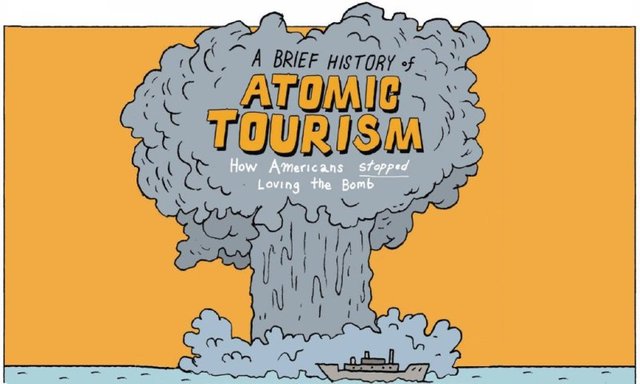
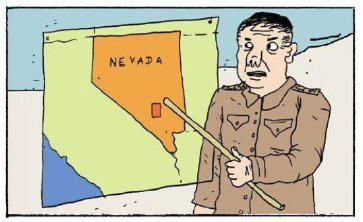
In 1946, as the Cold War grew hotter, the United States government began testing atomic weapons over Pacific waters. But the distant location proved costly, so the Atomic Energy Commission (AEC) started looking for a location on the U.S. mainland.
They settled on Nevada, where the government owned 85% of the land. As Los Alamos Scientific Laboratory director Norris Bradbury put it, "The population problem was almost zero."
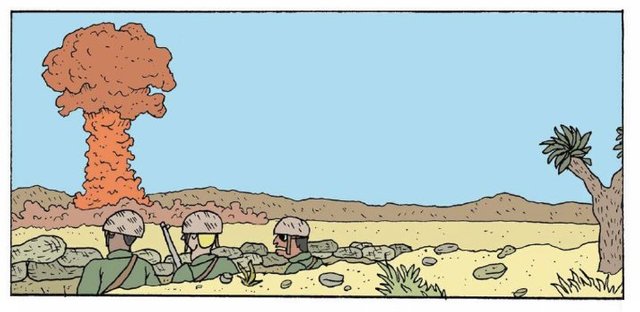
President Truman approved atomic testing there on January 10, 1951. The first bomb, codenamed Able, was detonated two weeks later at the Nevada Test Site.
Las Vegas was just 65 miles southeast.

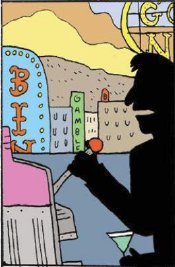 |
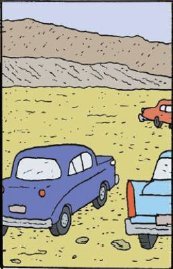 |
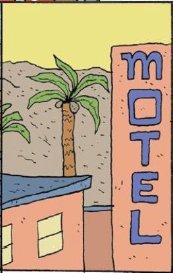 |
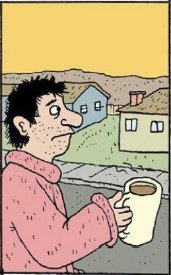 |
| From casinos that hosted "dawn bomb parties" on the strip for their guests, |
to vista points like Railroad Pass in the Las Vegas Valley where tourists parked their cars, |
to vacation spots like Atomic View Motel (which claimed to offer an "unobstructed sight line to the bomb blast from the comfort of ones lounge chairs"), | to even the porches of local homes, watching the bombs became a key part of the Las Vegas experience. |
Las Vegas's business leaders embraced the bomb as another attraction.

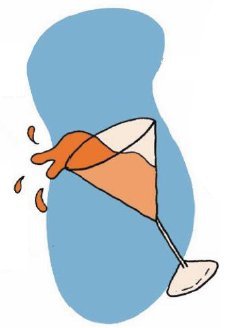
Casinos hawked the Atomic cocktail (a mix of champagne, vodka, sherry and brandy).
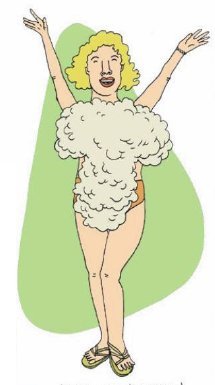 |
Nuclear-themed beauty pageants like "Miss A-Bomb" were all the rage, | and a young Elvis Presley performed as "America's only Atomic-Powered singer." |
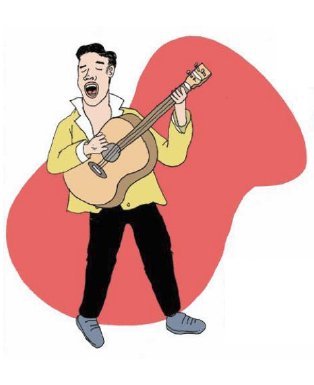 |
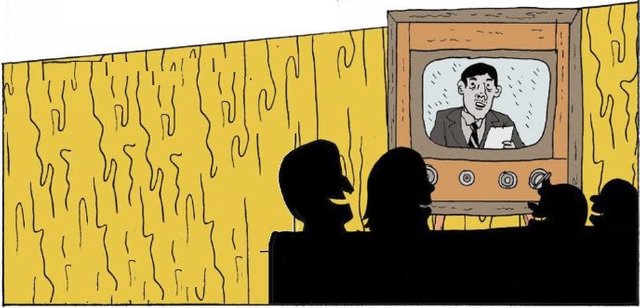
Families would hold bomb-viewing picnics, testing their children for radiation with Geiger counters after the blasts.
In 1955, families didn't even need to step outside: a test called Operation Cue was broadcast live over the television and radio.
The influx of tourists, test site workers and thrill-seekers doubled the population of Las Vegas by 1960. Casino owner Benny Binion would say "The best thing to happen to Vegas was the Atomic Bomb."
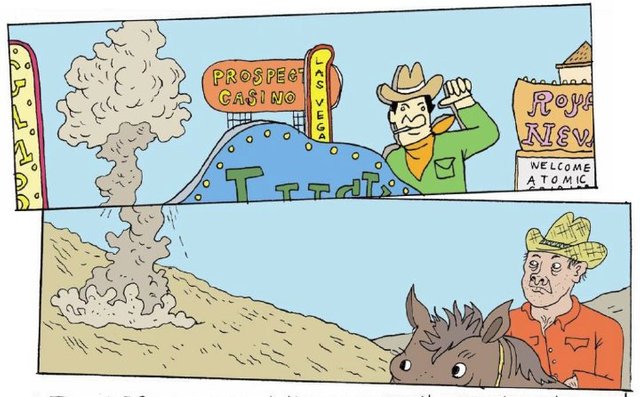
The AEC encouraged the craze with promotional projects, hiring a ballet dancer to pose for photos with the bomb and deputy sheriff Ken Case to tend to a herd of cattle at ground zero. He carried an "AEC" branding iron and earned the nickname The Atomic Cowboy.
| Not everyone was eager about everything atomic, though. People carrying antinuclear placards would picket the Strip, and questions were raised about the safety of the tests for those downwind of the blasts. |
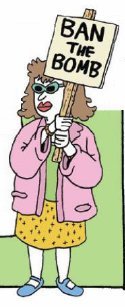 |
aThe AEC sought to calm fears: "Your best action is not to be worried about the fallout" - the radioactive remains that fell from the sky. But secretly, the AEC was worried. Historian Sally Denton notes that after tests, "A team of Utah scientists... mysteriously appeared and went through the streets of Las Vegas in white coats sampling people," testing fo radiation. | 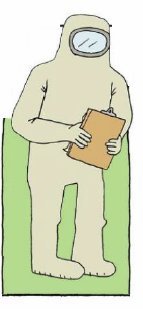 |

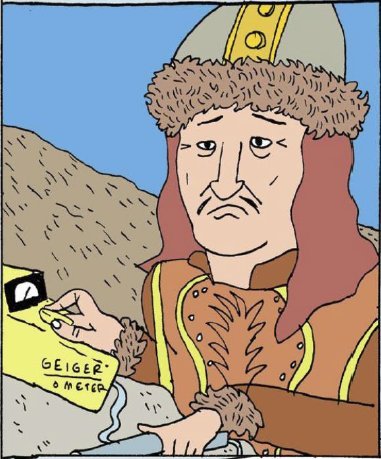
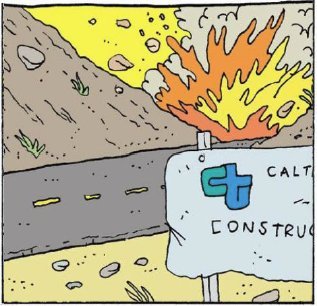
build a harbor in Alaska,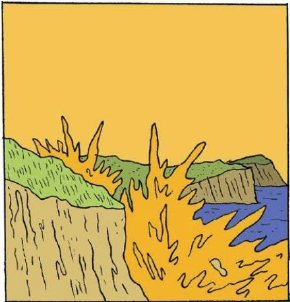 |
and carve a canal through Nicaragua nicknamed The Pan-Atomic Canal. They were aborted after significant debate. 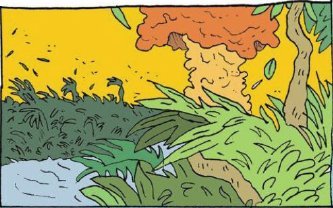 |
When President George H.W. Bush put a moratorium on nuclear testing in 1992, a total of 928 tests had been conducted at the site. More than 800 bombs had been detonated underground. Decades earlier, in 1963, world leaders had signed the Limited Test Ban Treaty, putting a stop to dangerous above-ground testing - and spelling the end of America's fascination with atomic tourism.
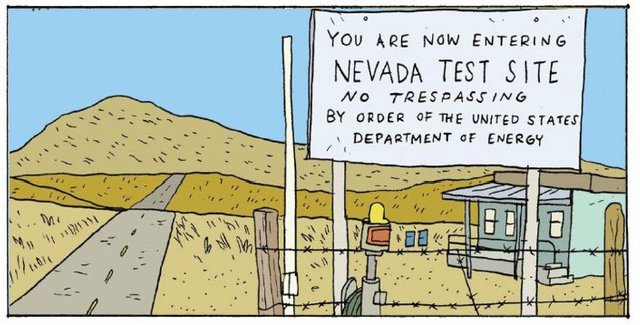
Cool Share
Great post I really enjoyed it